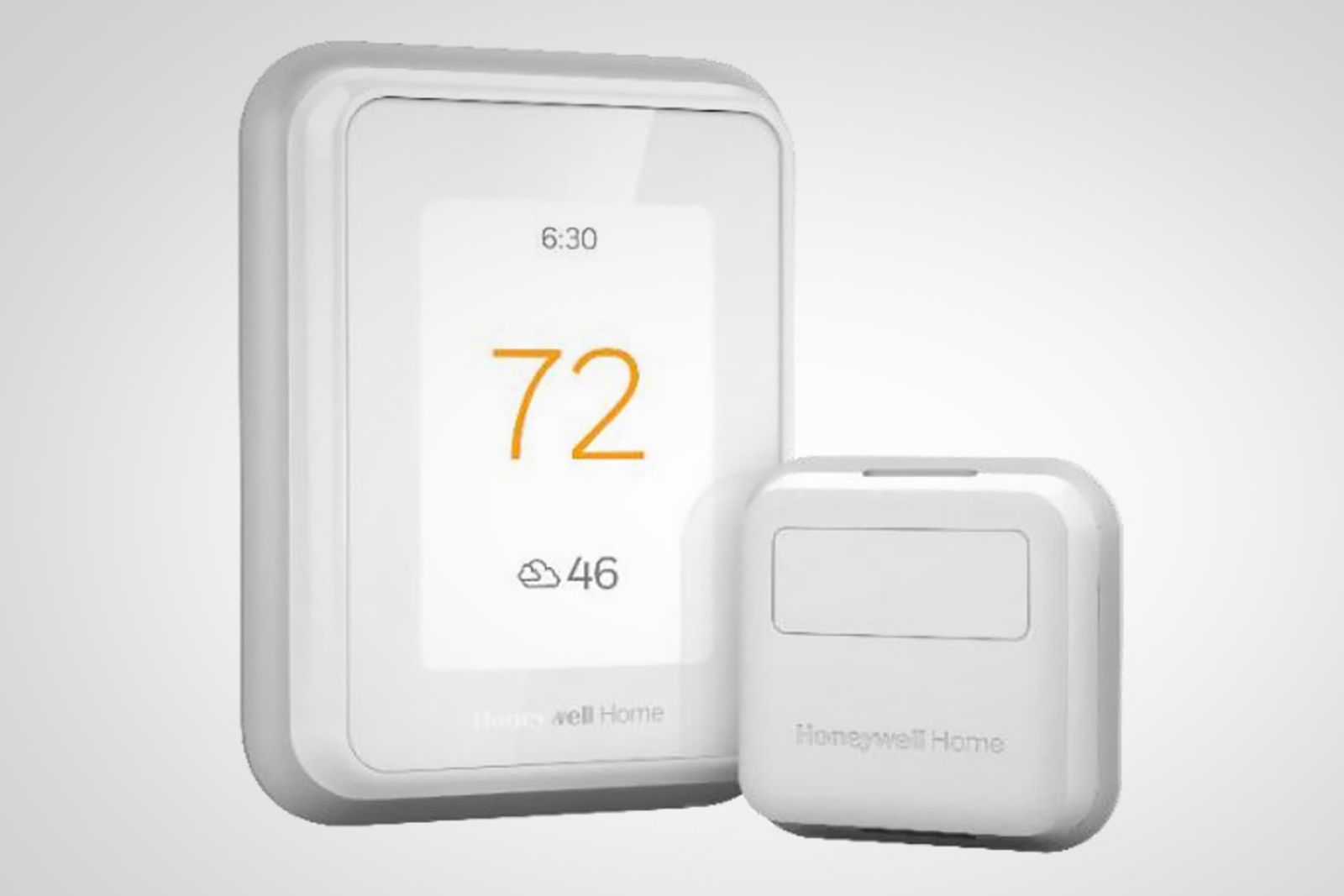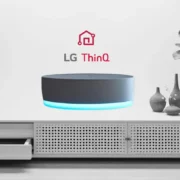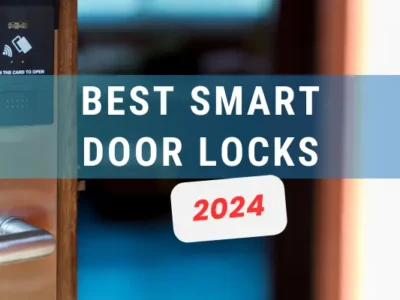Have you ever considered why smart thermostats have become one of the most popular choices for enhancing home comfort and energy efficiency? According to recent studies, nearly 40% of smart home device owners have installed a smart thermostat, driven by the potential to reduce energy bills by up to 10-15% annually. Leading the pack in 2024 are three notable contenders: Ecobee, Google Nest, and Honeywell. Each brings a unique blend of innovation, compatibility, and design that can transform the way you control your home’s climate. Let’s dive into their latest models, features, pricing, compatibility, and potential issues to help you make an informed decision.
Table of Contents
- Ecobee Smart Thermostat Premium
- Google Nest Learning Thermostat (3rd Generation)
- Honeywell Home T10 Pro Smart Thermostat
- Comparative Overview
- Frequently Asked Questions (FAQs)
Ecobee Smart Thermostat Premium
Ecobee, a brand renowned for its commitment to energy efficiency, has launched its latest model, the Ecobee Smart Thermostat Premium. This thermostat continues the brand’s tradition of blending intelligence with sustainability. With a sleek design, this thermostat fits seamlessly into any modern home.

Features:
The Ecobee Smart Thermostat Premium offers voice control, thanks to its built-in Amazon Alexa. With advanced sensors, it can detect occupancy, allowing for precise temperature adjustments based on whether anyone is home. The Premium model also supports Apple HomeKit, making it a versatile option for Apple users.
Compatibility:
This thermostat works with most 24V HVAC systems, including conventional forced air, heat pump, and radiant systems. Integration with smart home ecosystems such as Amazon Alexa, Apple HomeKit, Google Assistant, and Samsung SmartThings is supported.
Price:
Priced at approximately $249, the Ecobee Smart Thermostat Premium positions itself as a premium option for homeowners seeking advanced features and compatibility.
Common Issues:
Some users have reported connectivity issues with Wi-Fi, particularly in homes with larger square footage. Additionally, the thermostat may require professional installation, especially in homes with complex HVAC systems.
For more detailed information and to purchase, visit the Ecobee official page.
Google Nest Learning Thermostat (3rd Generation)
Google Nest remains a dominant force in the smart home market, and its Nest Learning Thermostat (3rd Generation) continues to impress. Known for its adaptive learning capabilities, the Nest thermostat automatically adjusts to your habits, making it a favorite among tech enthusiasts.

Features:
The Nest Learning Thermostat boasts an intuitive design that learns your schedule and preferences, optimizing energy use over time. The Farsight feature lights up the display when you enter the room, showing the time or temperature. It’s also Energy Star certified, helping you save on utility bills.
Compatibility:
This thermostat is compatible with most HVAC systems, including gas, electric, and forced air systems. Google Assistant integration is a given, but it also works with Amazon Alexa and IFTTT for broader smart home automation.
Price:
Retailing around $249, the Nest Learning Thermostat offers great value for those looking for a thermostat that adapts to their lifestyle with minimal input.
Common Issues:
Some users have experienced difficulty with the thermostat’s learning function, particularly when schedules change frequently. There have also been occasional reports of the unit disconnecting from Wi-Fi, affecting its smart features.
Learn more or make a purchase by visiting the Google Nest official site.
Honeywell Home T10 Pro Smart Thermostat
Honeywell, a trusted name in home heating and cooling for decades, has entered the smart thermostat market with the Honeywell Home T10 Pro Smart Thermostat. This model combines Honeywell’s reliability with the latest smart home technology, offering an excellent balance of features and ease of use.

Features:
The Honeywell T10 Pro stands out with its room sensors, which can monitor and adjust the temperature in different zones of your home. It supports geofencing, adjusting the temperature based on your proximity to home. The thermostat is also compatible with both Amazon Alexa and Google Assistant, providing flexibility in voice control.
Compatibility:
This thermostat is designed to work with most HVAC systems, including conventional and heat pump systems. It integrates smoothly with smart home systems like Amazon Alexa, Google Assistant, and Apple HomeKit.
Price:
The T10 Pro is competitively priced at around $199, making it a more budget-friendly option without compromising on essential features.
Common Issues:
Some users have mentioned that the room sensors occasionally lose connection, leading to inaccurate temperature readings. The user interface, while functional, may feel less intuitive compared to other smart thermostats on the market.
Explore more about the Honeywell T10 Pro on the Honeywell official website.
Comparative Overview
When comparing these top smart thermostats, the Ecobee Smart Thermostat Premium and the Google Nest Learning Thermostat both sit at the higher end of the price spectrum, offering advanced features and a wide range of compatibility with other smart home devices. Ecobee stands out with its built-in voice control, while Google Nest impresses with its adaptive learning capabilities.
On the other hand, the Honeywell T10 Pro is an excellent choice for those seeking a more affordable option without sacrificing the essential features. Its room sensors are a significant advantage for those who need precise temperature control across different areas of the home.
Choosing the Right Thermostat:
- If you’re an Apple user, the Ecobee might be your best choice due to its seamless integration with HomeKit.
- If you prefer a device that learns your habits over time, the Google Nest could be the ideal fit.
- For those who want a reliable, budget-friendly option, the Honeywell T10 Pro offers substantial value.
Whether you choose Ecobee, Google Nest, or Honeywell, each of these smart thermostats offers unique benefits tailored to different needs. From advanced sensors and voice control to adaptive learning and budget-friendly pricing, these thermostats are more than capable of transforming your home into a smart, energy-efficient haven. Remember to consider your specific requirements, including compatibility with existing smart home systems, ease of use, and budget, before making your final decision.
With smart thermostats, your home’s climate is not just controlled—it’s optimized for comfort and savings, giving you peace of mind in both winter and summer.
Frequently Asked Questions (FAQs)
A smart thermostat is a device that allows you to control your home’s heating and cooling system remotely through a smartphone, tablet, or voice commands. It can learn your preferences over time and optimize energy usage.
Smart thermostats save energy by learning your schedule and adjusting the temperature accordingly. They can also detect when you’re away and reduce energy consumption during those times.
Most smart thermostats are compatible with a wide range of HVAC systems, including gas, electric, forced air, and heat pump systems. However, it’s essential to check the specific compatibility of the thermostat with your system.
Many smart thermostats are designed for DIY installation, but some may require professional installation, especially if your HVAC system is complex or you are not comfortable with electrical work.
Ecobee is known for its built-in voice control and compatibility with Apple HomeKit. Google Nest stands out for its learning capabilities, and Honeywell offers a more budget-friendly option with room sensors for zoned temperature control.
Yes, most smart thermostats are compatible with popular smart home systems like Amazon Alexa, Google Assistant, and Apple HomeKit, allowing you to control them with voice commands.
On average, smart thermostats can help you save between 10-15% on your heating and cooling bills by optimizing energy use based on your habits and preferences.
Common issues may include Wi-Fi connectivity problems, difficulty with learning functions, and occasional inaccuracies with room sensors. Professional installation may be required in some cases.
Geofencing is a feature that uses your smartphone’s location to determine if you’re home or away. Smart thermostats can adjust the temperature automatically based on your proximity to home, saving energy when you’re not there.
Consider factors like compatibility with your HVAC system, integration with your existing smart home devices, ease of use, and budget. Comparing features, such as voice control, learning capabilities, and room sensors, will help you make an informed decision.












Comments